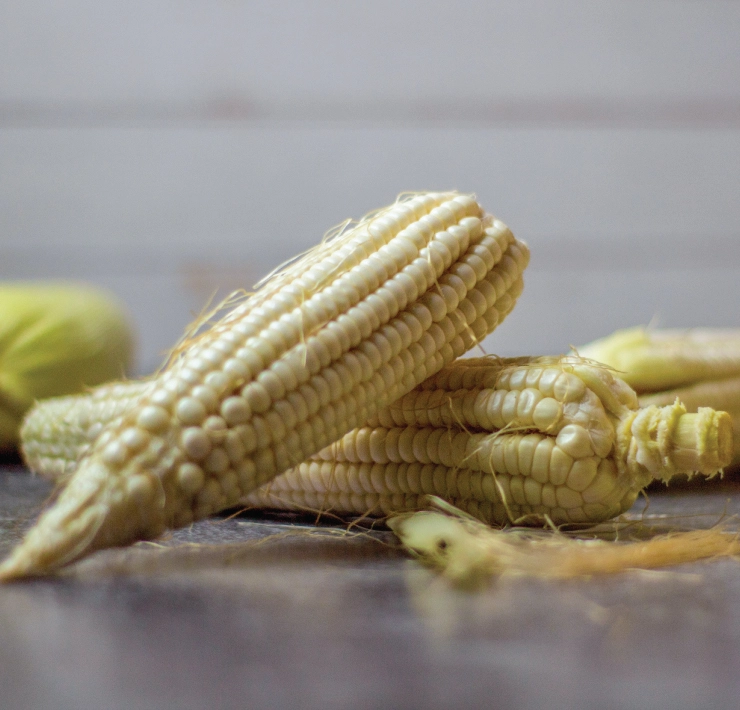An interesting thing happened in February. An organisation called the Alliance for Science published a report pointing out that misinformation on genetically modified organisms had been published by news media outlets without being challenged. Some prominent people who made claims include opposition leader Raila Odinga, marijuana maverick George Wajackoyah, industrialisation cabinet secretary Moses Kuria and the Peasants League, a group of food activists.
One Twitter user quickly called attention to the fact that the Alliance for Science, formerly the Cornell Alliance for Science, was funded by the Bill and Melinda Gates Foundation to “impact the debate on genetically modified crops” a pointer that the organisation exists to promote genetically modified crops, and not just science.
George Wajackoyah, the 2022 presidential candidate of the marijuana economy, hyena testicles and serpent exports, said that men who consumed GMO in Mexico grew breasts and women who did likewise grew beards. That’s obviously and comically false, and President Ruto said as much fairly early in the debate. But the controlled setting of a political interview is not the most persuasive for communicating scientific facts. Odinga’s criticism was a bit heftier, dealing with unnamed health concerns and the fact that the crops have been banned in a number of countries. Then there were Ekuru Aukot’s tweets about “poison”.
We know William Ruto has long spoken in favour of genetically modified crops. He has argued that rather than starving, we are better off using GM technology to raise productivity. Recently. he claimed the United States and South Africa are at 100 per cent GMO food production. The President is broadly correct about the predominance of genetically modified foods in those countries, (93% and 83% of all corn planted in the US and South Africa in 2022 and 2021/22, respectively, was GM), but these are only two countries.
The genetically modified foods debate is particularly protracted, and journalists have previously noted that subject matter experts tend to stake strident positions on both sides of the divide. Coverage of genetically modified foods in Kenya has often taken the form of a debate between two opposing sides, a low-risk format for the media house in question that doesn’t have to take a position either way. It doesn’t help when the organisation’s director says that her organisation’s views claims on GMOs not causing health problems are right, and “must be reported as such”. If journalists see this as an attempt to dictate what they must report, it may have the opposite effect.
Providing more detailed information and publishing studies that support their conclusions on their websites, on the other hand, would win far more trust, the complicated science notwithstanding. The Alliance for Science may be frustrated by the media’s apparent misunderstanding of science as they see it, but their approach overlooks the reality that often, more than just science is involved where misinformation is concerned. For example, populations have struggled to accept vaccines, such as the MMR vaccine because of previous misconduct by medical practitioners.
Beyond science, people want to know how makers of genetically modified products make profit, how their own lives will change as a result, and whether the government will protect the interests of small farmers in Kenya.
The paramount concern, of course, is that subsistence farmers who have historically saved seeds from their harvest for planting, would be unable to afford continuously purchasing seeds each year (people have previously raised those issues). Once farmers switch over to genetically modified seeds, would the prices of seeds stay the same or rise to exploit captive customers? And with a law that may outlaw saving and seed exchanges, will subsistence farmers be subject to harsh penalties for exchanging seeds? Clarifying this on a crop-by-crop basis is important
To support the view commonly expressed by politicians that starving people ought not to be asking questions about genetically modified foods because they’re too busy struggling to stay alive suggests the powers that be think they are not deserving of the best when it comes to due diligence. In Kenya, a petition has been lodged in Parliament decrying the continued use of pesticides that have been withdrawn from use in Europe.
People would want to know how genetically modified and unmodified crops will co-exist, how contamination of non-gm crops would be prevented, and whose responsibility it would be. In South Africa, non-genetically modified maize meal is sold at a premium (KSh350 for 2.5kg), compared to the genetically modified maize meal (KSh260). Who benefits? If traditional export markets such as the EU which already set stringent rules, may not accept GM exports, why would farmers accept to grow them? What of our neighbours?
Arguing that genetically modified crops are cultivated in European countries is one thing. Clarifying that the GM crops cultivated in the EU are used for animal feed, as data from the US Department of Agriculture’s Foreign Agricultural Service shows, is another thing altogether and would go a long way towards winning trust. For example, processed products sold in UK supermarkets that contain GM materials include pie crust, corn syrup, candy, corn bread mix and chocolates. However, cereals are a different matter.
Instead of focusing on the low-hanging, frankly overripe fruit of men with breasts and women with beards, the Alliance is better off confronting Kenyan’s real fears and providing more information. Ultimately, Kenyans will make the right choice.

